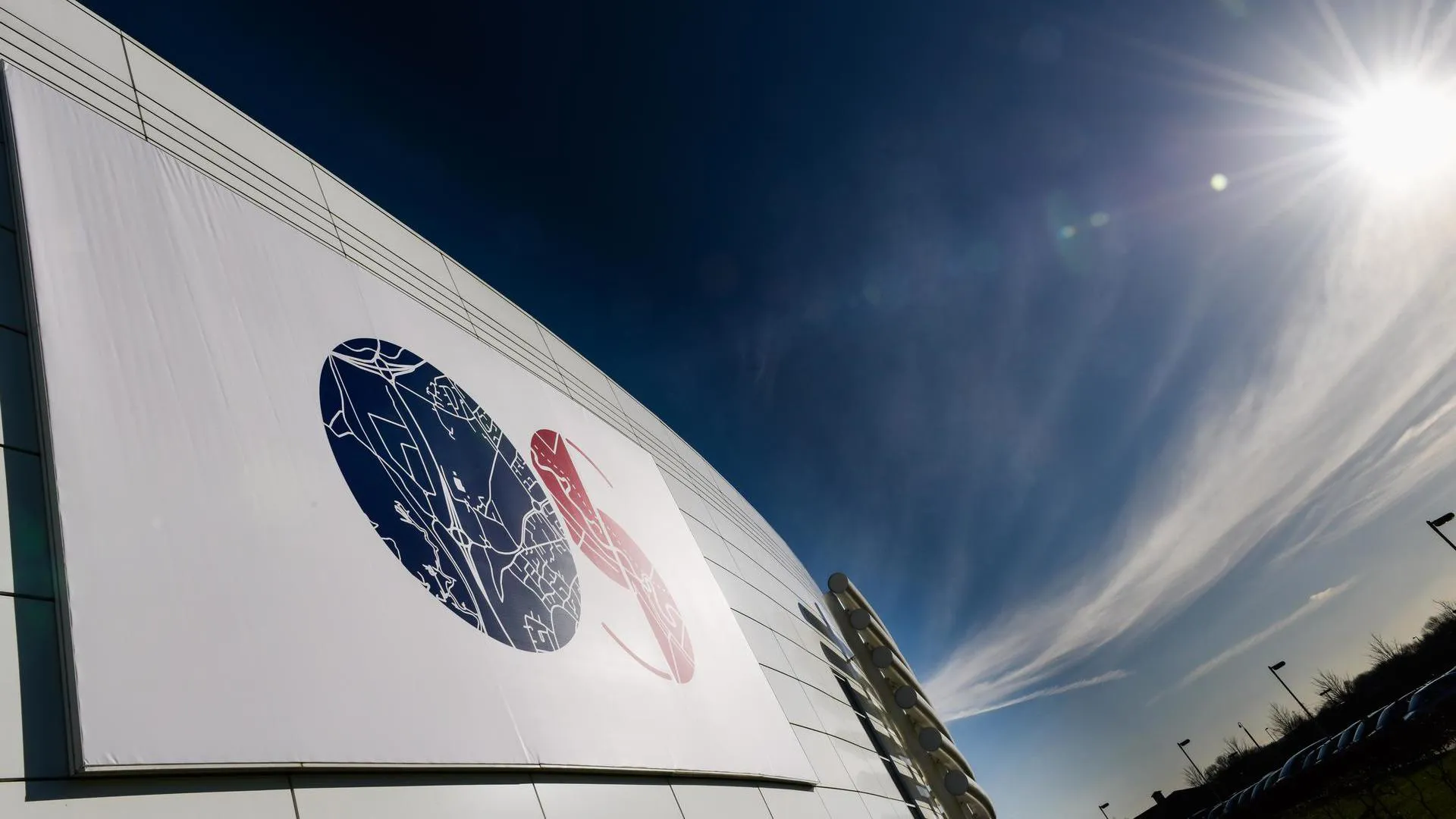Then things moved on apace. The digital age began, and with it, the first computerised large-scale maps appeared. Ordnance Survey became a fully civilian and more commercial operation.
Post-war, work began on creating a new national map with urban areas surveyed at 1:1 250; rural at 1:2 500 and mountain and moorland at 1:10 000.
The National Grid system was now used on all Ordnance Survey maps to identify the position of any feature. It breaks Great Britain down into progressively smaller squares identified first by letters and then numbers and is still taught to all pupils in primary school today.
By 1962 the retriangulation of Britain was finally complete. Aerial surveying helped speed up the new ‘continuous revision’ strategy, and up-to-date drawing and printing techniques were introduced.
But the organisation was still fragmented, scattered across southern England in various buildings. All that changed in 1969 when the majority of Ordnance Survey’s 4,000-strong staff moved to a purpose-built head office at Maybush in Southampton. It was a cavernous building, as everything was produced and stored in-house. Surveyors were based in field offices around the country.
Photography became a dominant technology, both providing information for ground survey and for cartographic and printing processes. The company adapted a method of cutting away
detail from coated glass called ‘scribing’ to the use of plastic sheets which allowed map detail to be built up in layers.
Computers were used to simplify updating future map editions, and in 1971, digital mapping was introduced to large-scale map production. A year later, the first Outdoor Leisure Map – The Dark Peak – was published, while 1973 saw the production of the first large-scale digital map. This was, said Director General B St G Irwin, “…An event of the greatest possible importance in mapping.”
Electronics transformed surveying equipment. Light beam technology and automatic data recording equipment led to much faster data collection.
In 1974 the Ordnance Survey Director General position became a civilian post. The one-inch map was replaced by a metric 1:50 000 Landranger map. Popular areas of 1:25, 000 scale mapping were used to create Outdoor Leisure Maps, with the remainder of this national series called Pathfinder.
In 1983 the last military personnel left Ordnance Survey, making it a wholly civilian organisation. The War Department’s broad arrow remained in the Ordnance Survey Logo a further 21 years afterward, a nod to its military past.
In 1990 Ordnance Survey became an Executive Agency, and work began on the National Global Positioning Network to replace the triangulation network.
A year later, it celebrated its bicentenary with a reception in the Tower of London with HM the Queen and the Duke of Edinburgh. Commemorative postage stamps were issued in recognition
of two successful centuries.
In 1995, Ordnance Survey launched its website and digitised the last of about 230,000 maps, making Britain the first country in the world to complete a programme of large-scale electronic mapping. Computers further transformed the map-making process, with electronic data becoming routinely available to customers within 24 hours of being surveyed.
By the end of the 1990s, all field surveyors were using hand-held pen computers to record field measurements and transfer the results back to head office.
By the end of the millennium, the agency was designated a Trading Fund, required to cover its costs by charging for its products and give a proportion of its profits to the Treasury.


